..
| First County Visit: | Saturday 23rd November 1991 |
| Competition: | Barclays League Division 3 – (Tier 3) |
| Result: | Fulham 1 – 2 Stockport County |
| Attendance: | 3,680 |
| Away Trip: | 56 |
| Away Day: | 220 |
| County Line-up | 1 Neil Edwards; 2 Andy Thorpe; 3 Jim Carstairs; 4 Darren Knowles; 5 Alan Finley; 6 Bill Williams; 7 Jim Gannon; 8 Chris Beaumont; 9 Kevin Francis; 10 Peter Ward; 11 Mark Lillis |
| Scorers: | Kevin Francis; Chris Beaumont |
| Manager: | Danny Bergara |
| County Visits: | 3 |
..
A PROPER FOOTBALL GROUND..
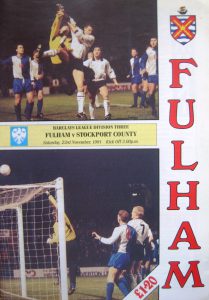
Growing up in the early 60’s and beginning to take an interest in football, the first televised game that I can properly remember was the 1962 FA Cup Final.
..
Spurs beat Burnley, and I can vividly recollect watching it with my grandad in his little terraced house in Openshaw. But a matter of a few weeks later that the 1962 World Cup was held in Chile. I can’t recall any TV coverage, (that I saw anyway), but even then I was an avid reader of newspapers and kept up with the unfolding events that way. England went out at the quarter final stage, beaten 3-1 by the eventual winners Brazil. But scanning the papers I became familiar with a lot of the names.
Here’s the line up from that Brazil game. Ron Springett; Jimmy Armfield; Bobby Moore; Maurice Norman; Ray Wilson; Ron Flowers; Bobby Charlton; Jimmy Greaves; Bryan Douglas; Johnny Haynes and Gerry Hitchens. Three of those, (Moore; Wilson & Charlton), were of course to play 4 years later when the Jules Rimet Trophy was held aloft with another 4, (Springett; Armfield; Flowers and Greaves), non-playing members of the squad on Final day.
Captain of the team was Johnny Haynes, and that’s where the Fulham connection comes in. Being captain of the team made him a big name whatever the case but he was a celebrated footballer. A Fulham legend, he made nearly 600 appearances for them in the league.
A worthy record in itself, demonstrating loyalty to one club, and coming no nearer to any silverware than a couple of losing FA Cup semi-final appearances. But he’s also celebrated for another major milestone in the English game. He was the very first player to get paid £100 a week, and the lead up to that is an interesting diversion at this point. The EFL website has a very interesting piece, (published in 2016, 55 years after the ground breaking move to break the maximum wage). I reproduce it here:
..
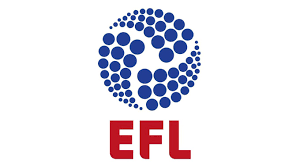
Without the players, there’s no game. That, in blunt terms, was the rationale behind the formation of the Professional Footballers’ Association, which began as the Players’ Union and had even deeper roots in the Association Footballers’ Union, formed in 1898 after The Football League’s first decade. The bottom line of this maxim is that professional footballers can, if they are so minded, withdraw their labour. And in the early years of The Football League there were occasions when, in any other “industry”, the workers would surely have downed tools.
In 1902 the Manchester City and Wales player, Di Jones, cut his knee on a shard of broken glass during a pre-season match. The wound became infected and he died. City refused to accept liability because it was a friendly. Jones, they maintained, was “not working”. There was no insurance cover in place, so his wife and children received nothing.
The original players’ union had all but folded, but Jones’ team-mate Billy Meredith, the fabled Welsh winger, said the memory drove him to set up the Players’ Union in 1907.
In modern times, players have effectively threatened to strike by stating, in some cases, that they would walk off the pitch in solidarity with a colleague being racially abused by opponents or spectators.
The spectre of industrial action is not, however, new to football. In 1961, under the leadership of Fulham player and future TV personality Jimmy Hill, the PFA called out its members. The aim was to force The Football League and the clubs to abolish the maximum wage – a salary cap in today’s parlance – which meant players could be paid no more than £20 a week during the season. In the summer they received £17. The decision to strike was the culmination of a campaign that had been going on almost since The League kicked off 125 years ago. When Liverpool first won the championship, in 1900/01, the average wage of their players was £7 a week. The following season The Football League introduced a maximum weekly wage of £4.
In 1920 it stood at £9, but four years later it was down to £8. Fast forward to 1953, the year of “the Matthews final”, and the upper limit was still only £15, reduced to £13 over the summer.
Before the Second World War a footballer’s pay was above that of the average worker. By 1960, despite the advent of television and European competition, the gap had closed.
Stanley Matthews, who spanned both eras, was unsympathetic towards the union’s position as the dispute flared again. Yet in ’61, at a new-year rally of 190 players in Manchester it became clear Blackpool’s Wizard of Dribble had changed his mind. “I’ve done well out of the game, but could I ignore the injustice to my colleagues?” he recalled. “Loyalty to the players won. My hand went up.”
To the consternation of the Pools companies, the strike was scheduled for Saturday 21st January. There were signs that the clubs’ resolve was weakening, with a handful of wealthy clubs alert to the advantage they might gain from being able to attract their rivals’ stars.
Even Bob Lord, the outspoken Burnley chairman, suddenly conceded there should be no wage-ceiling. In contrast, his counterpart at nearby Blackburn Rovers, Jim Wilkinson, argued that even a £30 maximum must be opposed as “it would be suicide for many clubs.”
The chairman of the Trades Union Congress, Ted Hill, appealed to the public to boycott matches that went ahead. He also warned darkly that the labour movement would “remember the blacklegs when they finish in football and want to come back into industry.”
Then, with 72 hours to go before the master winger became a striker and picket lines were manned at grounds around England, the League management committee persuaded the clubs to agree to abolish the maximum wage.
The PFA, emboldened by the news, opted not to call off the strike. There had been no mention by the League of the union’s other historic bugbear, the retain-and-transfer system, which, as the redoubtable League secretary Alan Hardaker put it candidly, “enabled a club to retain a player against his will at the end of his contract and, not only that, to pay him less money while doing so.”
Hill and two union officials were summoned to the Ministry of Labour to negotiate with Hardaker, League president and Barnsley chairman Joe Richards and Chelsea chairman Joe Mears. The PFA again prevailed. The strike was off.
At that time, George Eastham, the silky schemer who would be part of Alf Ramsey’s England squad when they won the World Cup in 1966, was challenging the archaic retain-and-transfer system through the legal system.
Eastham wanted to leave Newcastle United, who refused to let him go. Even after the contractual issue had been resolved, the PFA bullishly urged him to continue the case, which he did even after Newcastle sold him to Arsenal. The case spluttered on until 1963 when the High Court ruled in his favour, saying the League regulations and FA rules amounted to restraint of trade.
The highly emotive word “slavery” had come to be bandied about when players described their conditions. This was perhaps an injudicious choice: the lot of a Fourth Division footballer, let alone Matthews, Billy Wright or Bobby Charlton, was hardly comparable with the cruelty, brutality and loss of basic liberties and human dignity to which, say, African slaves were once subjected.
It was, nevertheless, a term which, for the players and their union, served its purpose in publicising their fight for a higher minimum wage and the end of the maximum wage. Hill’s predecessor as PFA leader, ex-Portsmouth forward Jimmy Guthrie, who relied less on PR and more on old-fashioned militancy, thrust it into the heart of the debate over pay.
When he was in his pomp at Pompey, before the War, the maximum wage was £8 during the season, £6 in the summer. Injury or demotion to the reserves meant £2 a week less.
Guthrie bemoaned The Football League’s “Victorian business ethic” and targeted the clubs. The Scot was no stranger to such tactics; when he captained Portsmouth in a wartime Wembley final his team were still unchanged in the dressing-room as kick-off loomed. He had told the directors they would not play unless the players were paid wages docked at the start of the War.
“Just eight minutes before kick-off,” said Guthrie, “our masters rather ungracefully surrendered.”
He became the first full-time PFA chairman. In 1955, addressing the TUC Congress in Blackpool, he propelled the twin issues of wages and contracts on to the front pages of the press.
“I stand before you as the representative of the last bonded men in Britain,” he told delegates. “The conditions of the professional footballer’s employment are akin to slavery.”
Meanwhile the introduction of floodlights, while thrilling for the public, was in Guthrie’s opinion adding to the players’ workload. He viewed it as evening work, or overtime. With that in mind he made a well-publicised trip to Molineux to meet Billy Wright and other Wolves stars. After a dressing-room ballot, a game against Athletic Bilbao had to be cancelled.
Even so, the concept of “player power” was still years away. Coincidentally, Hill’s Fulham colleague Johnny Haynes was the most high-profile beneficiary of the lifting of the maximum wage, becoming the Football League’s first £100-a-week man in 1961.
Today the balance of power has shifted towards the players. Pay levels within the higher reaches of the English game mean that certain individuals earn more in a week than Matthews and his generation made in a lifetime.
..
How things have changed!! And today’s players, whilst probably never having heard of Haynes or George Eastham, (and certainly not Jimmy Guthrie), owe them a debt of gratitude. Things would probably have changed anyway but they were the catalyst. Just as a last aside about Haynes – his final appearance for Fulham was a home game on 17th January 1970 … against who else but Stockport County!!
..
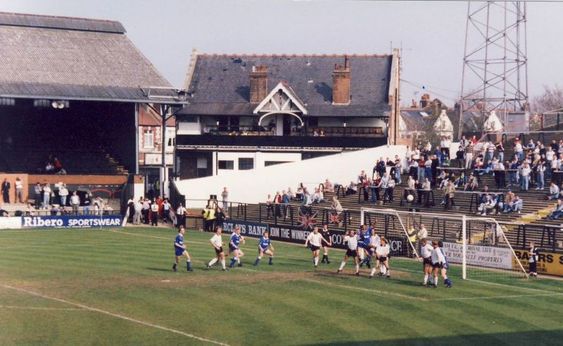
Craven Cottage
The Cottage itself in the corner of the ground. It housed the dressing rooms and administrative nerve centre of FFC
..
Which brings us to November 1991, nearly 22 years later. It was the Hatters first visit to Craven Cottage since Haynes swansong. Jeff, Arthur and I travelled down. I was intrigued to see the ground, tucked away by the Thames. Having seen pictures of its impressive façade, (below), I was eager to see it close at hand. It’s as good as unique in all the grounds I have ever visited, and the architecture reminds me of some properties at the top of Oldham Road in Manchester, just before getting into the city centre. It wasn’t only the frontage of the Main Stand, which stands on Stevenage Road, but the feature that lends its name to the ground. Craven Cottage itself, (above). It was akin to a cricket pavilion, with balconies and provided the dressing room accommodation as players entered the arena from the corner of the pitch.
..
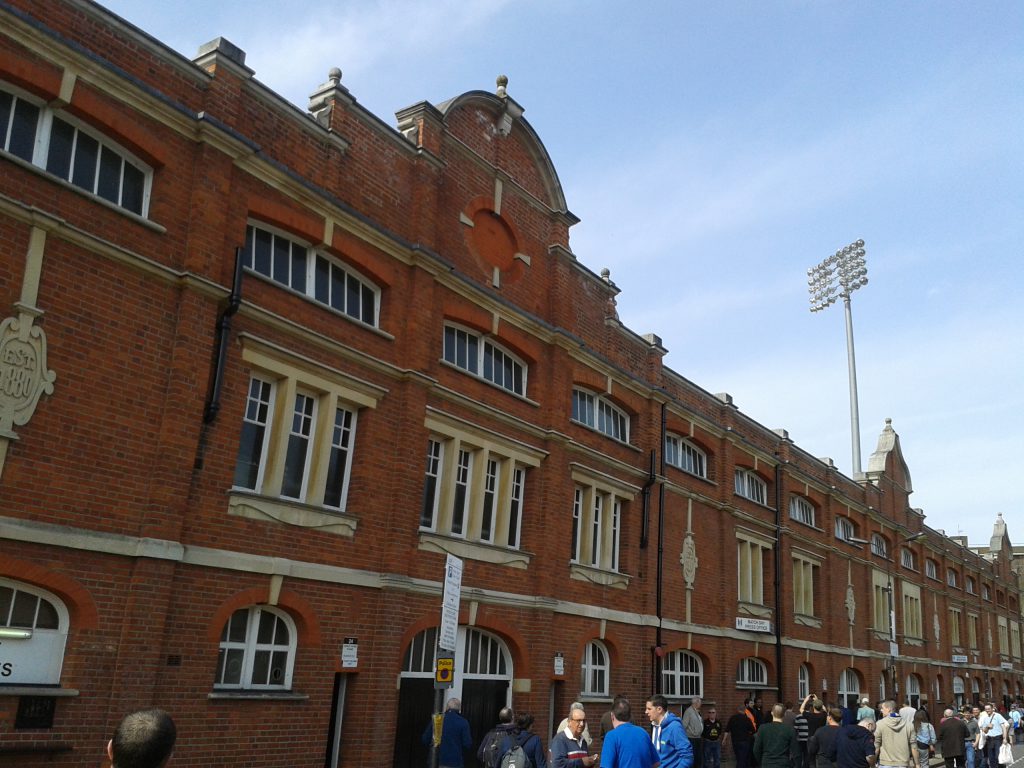
Craven Cottage and its impressive external facade.
Designed by Archibald Leitch – the godfather of football stadium design, and certainly someone with more vision than the modern disciples of breeze-block arenas with no character and little architectural merit.
..
We were stationed in the Putney End, open terracing then but since covered and seated. It was the archetypal terrace in traditional ground, and Craven Cottage was certainly one of those. It was where I stood on all three visits that I made. The weather gods smiled each time, albeit that the last visit, (in March 2000), it was a more than chill night. Temperature and result wise!!
..
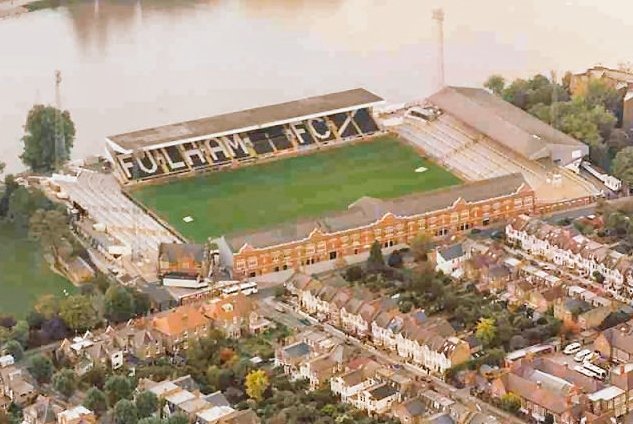
By the banks of the Thames
Craven Cottage as it was on each of my 3 County visits
..
To our left was the Riverside, (also know as the Eric Miller) Stand, from the back of which a good view could undoubtedly be had of the Boat Race each spring, as the Thames lapped right up to the boundary of the ground. At the far end was the Hammersmith End, covered terracing, and to my eye yet another great feature of the ground.
..

The Main Stand; Riverside Stand and Putney End
..
Turning to the game. It was the first season in Division 3, (Tier 3) for County and we were reasonably positioned in 7th place. Fulham were at the start of a grim run, and 8 days previously had exited the FA Cup at the hands of Hayes. It was the first time that they had ever succumbed to non-league opposition. So the omens were good, and so it proved. Fulham might have had a youthful Andy Cole, (on loan from Arsenal), in their line up but strikes from Kevin Francis and Chris Beaumont gave us a 2-1 win. The locals were getting agitated and started a call for the managers head. The bloke was unfortunately named Alan Dicks, and the inevitable cry started. The County fans assembled on the Putney End joined in with gusto. The homesters must have thought we were displaying solidarity with them, but I fear it was compelling desire to be able to stand on a terrace and shout out what might have led to police intervention on other occasions. Dicks Out!!
In my travels I always fondly remember Craven Cottage. One of the famous names in the game and it certainly didn’t disappoint.
April 2020
..
VISITS
..
| Day | Date | Competition | Tier / Round | Opponents | Res | F | A | Crowd | Away Day |
| Sat | 23/11/91 | Barclays League Division 3 | Tier 3 | Fulham | W | 2 | 1 | 3,680 | 220 |
| Sat | 23/10/93 (Highlights) | Endsleigh League Division 2 | Tier 3 | Fulham | W | 1 | 0 | 3,615 | 268 |
| Tues | 07/03/00 | Nationwide Football League – Division 1 | Tier 2 | Fulham | L | 1 | 4 | 8,688 | 422 |
..
ON MY JOURNEY WITH COUNTY AROUND 180 GROUNDS
..
Previously – DEAN COURT Next stop – GAY MEADOW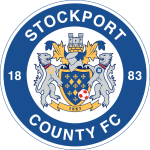

Recent Comments